Home>Technology>Home Entertainment Systems>What Is Projector Keystone
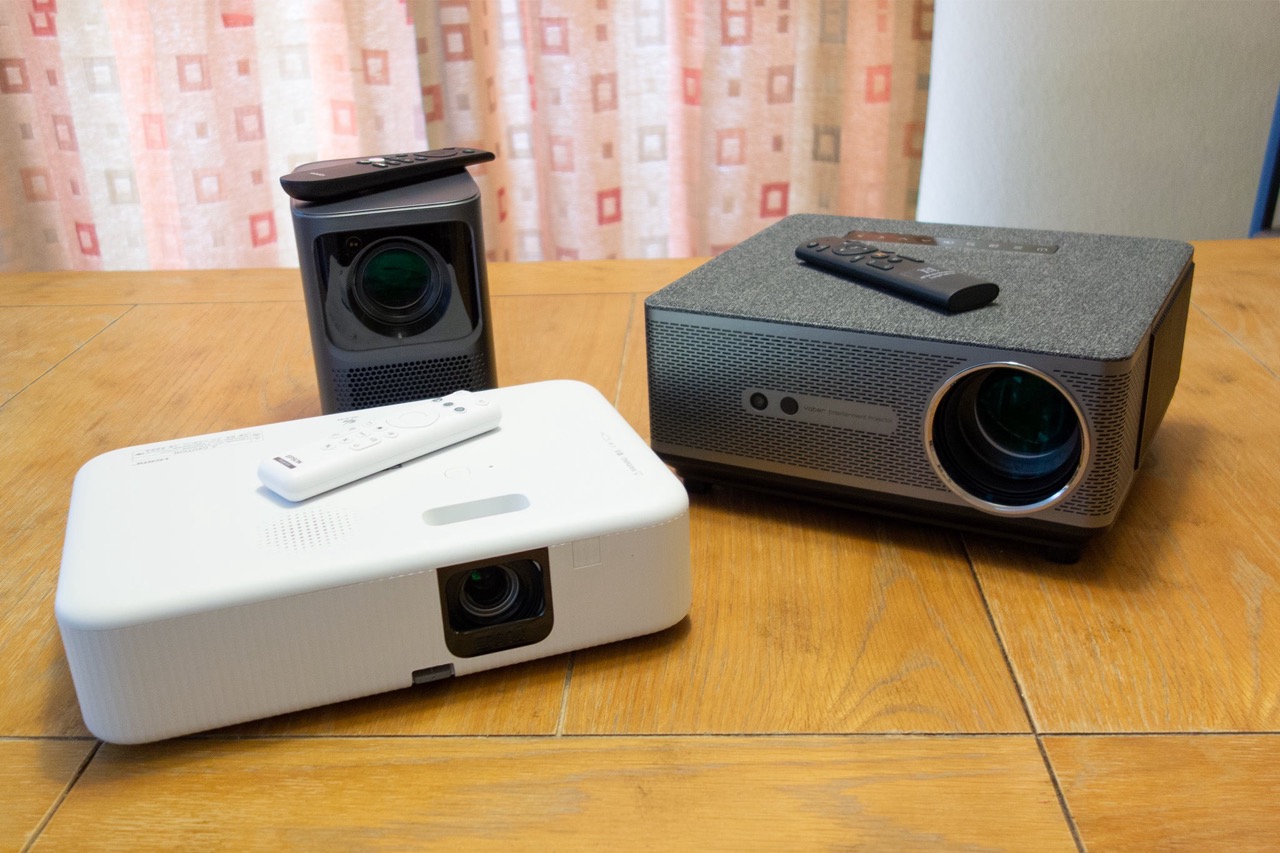

Home Entertainment Systems
What Is Projector Keystone
Modified: January 4, 2024
Discover the importance of projector keystone for your home entertainment system and how it can enhance your viewing experience. Explore the benefits and tips for using keystone correction.
(Many of the links in this article redirect to a specific reviewed product. Your purchase of these products through affiliate links helps to generate commission for Storables.com, at no extra cost. Learn more)
**
Introduction
**
When it comes to creating a captivating cinematic experience or delivering a powerful visual presentation, a high-quality projector is an indispensable tool. However, achieving the perfect image isn't always straightforward, especially when dealing with challenging projection angles. This is where projector keystone correction comes into play, serving as a valuable feature that helps to ensure optimal image quality regardless of the projector's placement.
Keystone correction is a critical aspect of projector technology, allowing users to adjust the projected image to compensate for distortion caused by the angle of the projector in relation to the screen. By understanding the nuances of keystone correction, individuals can make informed decisions when selecting a projector and effectively optimize their viewing or presentation setup.
In this comprehensive guide, we will delve into the intricacies of keystone correction, exploring its various types, applications in different projector models, and the impact it has on overall viewing quality. By the end of this journey, you will have a deep understanding of how keystone correction can elevate your viewing experience and empower you to make the most of your projector setup. Let's embark on this illuminating exploration of projector keystone correction.
Key Takeaways:
- Keystone correction is a crucial feature in projectors that fixes distorted images caused by the projector’s angle, ensuring a true-to-life display. It comes in manual and automatic types, offering users flexibility and convenience.
- Different projector models, from home theater to gaming projectors, incorporate keystone correction to cater to specific needs, ensuring optimal image quality tailored to diverse usage scenarios.
Read more: What Is A Keystone Tip Screwdriver
Understanding Keystone Correction
To comprehend the significance of keystone correction, it’s essential to grasp the fundamental challenge it addresses. When a projector is positioned at an angle, rather than directly facing the screen, the resulting image can appear distorted. This distortion manifests as a trapezoidal shape, where the top or bottom of the image is wider than the opposite side, compromising the intended aspect ratio and visual integrity.
Keystone correction rectifies this issue by digitally manipulating the projected image to counteract the trapezoidal distortion, effectively restoring the intended proportions and ensuring a true-to-life representation on the screen. This adjustment process involves altering the shape of the projected image, compensating for the angle at which the projector is positioned and delivering a seamless, distortion-free visual output.
By comprehending the mechanics of keystone correction, users can appreciate its role in mitigating the impact of projector placement on image quality. This understanding empowers individuals to make informed decisions when setting up their projection systems, ultimately enhancing the overall viewing experience.
Types of Keystone Correction
Keystone correction is typically categorized into two main types: manual and automatic. Each type offers distinct advantages and is suited to different user preferences and projector setups.
Manual Keystone Correction
In scenarios where the projector is positioned at an angle, manual keystone correction allows users to physically adjust the projected image to counteract the trapezoidal distortion. This adjustment is typically facilitated through keystone correction buttons or dials on the projector or remote control. By manually manipulating the keystone settings, users can align the image to the desired proportions, effectively compensating for the projection angle and ensuring a visually pleasing display.
While manual keystone correction provides users with direct control over image adjustments, it requires careful precision and may involve some trial and error to achieve the perfect alignment. Additionally, frequent adjustments may be necessary if the projector is repositioned, making it a more hands-on approach to keystone correction.
Automatic Keystone Correction
Automatic keystone correction, on the other hand, streamlines the adjustment process by leveraging built-in technology to dynamically rectify image distortion. This feature is particularly advantageous for users seeking a hassle-free setup, as the projector automatically detects and compensates for keystone distortion, delivering a properly proportioned image without the need for manual intervention.
By employing sensors and advanced algorithms, projectors equipped with automatic keystone correction can swiftly and accurately align the projected image, simplifying the viewing experience and minimizing the impact of projection angles on image quality. This hands-free approach appeals to users who prioritize convenience and efficiency in their projection setups.
Understanding the distinctions between manual and automatic keystone correction empowers users to select the most suitable option based on their specific requirements and preferences, ensuring an optimal viewing experience tailored to their individual needs.
Manual Keystone Correction
Manual keystone correction is a valuable feature found in many projectors, providing users with the flexibility to adjust the projected image to compensate for trapezoidal distortion resulting from the projector’s angle. This hands-on approach to keystone correction empowers users to fine-tune the image alignment, ensuring a visually pleasing and properly proportioned display.
When engaging in manual keystone correction, users have access to dedicated keystone adjustment buttons or dials, either on the projector itself or included on the remote control. These intuitive controls allow for precise manipulation of the keystone settings, enabling users to align the image to their desired proportions and counteract the effects of projection angles.
While manual keystone correction offers direct control over image adjustments, it requires a degree of precision and may involve some trial and error to achieve the optimal alignment. Users must carefully observe the projected image and make incremental adjustments to ensure that the distortion is effectively mitigated, resulting in a true-to-life representation on the screen.
One of the key considerations when utilizing manual keystone correction is the need for periodic adjustments, particularly if the projector is repositioned or moved to a different environment. Users should be prepared to recalibrate the keystone settings to maintain optimal image quality, especially when transitioning between various projection setups.
Despite the hands-on nature of manual keystone correction, this feature provides users with a high level of customization and control over the projected image, allowing for precise adjustments tailored to specific viewing environments and projection angles. By leveraging manual keystone correction, individuals can optimize their projection setups to deliver exceptional visual experiences that meet their unique preferences and requirements.
When setting up a projector, use the keystone adjustment to correct any distortion caused by the angle of the projector. This will help ensure a clear and straight image on the screen.
Automatic Keystone Correction
Automatic keystone correction represents a technologically advanced approach to mitigating trapezoidal distortion in projected images, offering users a seamless and hands-free solution to optimize image alignment. This feature is particularly beneficial for individuals seeking a hassle-free setup and efficient management of projection angles.
Projectors equipped with automatic keystone correction leverage sophisticated sensors and intelligent algorithms to detect and rectify keystone distortion in real time. Upon detecting the projection angle, the projector dynamically adjusts the image to ensure proper proportions, effectively compensating for the trapezoidal distortion and delivering a visually accurate representation on the screen.
One of the key advantages of automatic keystone correction is its ability to streamline the setup process, eliminating the need for manual intervention to align the projected image. This feature is especially beneficial in environments where frequent adjustments or repositioning of the projector are anticipated, as it ensures consistent image quality without requiring user input.
By automating the keystone correction process, projectors equipped with this feature empower users to focus on their content or enjoy immersive viewing experiences without the distraction of manual image adjustments. This hands-free approach enhances user convenience and simplifies the overall projection setup, making it an appealing choice for those prioritizing efficiency and ease of use.
Furthermore, automatic keystone correction contributes to a more user-friendly and accessible projection experience, particularly in educational or business settings where time is of the essence. The seamless adjustment of the projected image ensures that presentations, lectures, or entertainment content can be delivered with optimal visual clarity, enhancing audience engagement and comprehension.
By embracing automatic keystone correction, users can capitalize on the advanced capabilities of modern projectors, benefiting from effortless image alignment and consistent visual quality across various projection setups. This feature exemplifies the convergence of technology and user-centric design, elevating the overall projection experience and simplifying the management of keystone distortion.
Read more: What Is A Projector
Keystone Correction in Different Projector Models
Keystone correction is a versatile feature that is integrated into various projector models, catering to diverse user preferences and application scenarios. Understanding how keystone correction is implemented across different projector types provides valuable insight into the capabilities and options available to consumers.
Home Theater Projectors
Home theater projectors often feature advanced keystone correction capabilities, as they are designed to deliver immersive cinematic experiences in residential environments. Many high-end home theater projectors offer both manual and automatic keystone correction, allowing users to fine-tune image alignment based on their specific room layout and projection setup. This flexibility ensures that viewers can enjoy distortion-free visuals, regardless of the projector’s placement relative to the screen.
Business and Education Projectors
Projectors utilized in business and education settings are equipped with keystone correction functionalities to facilitate seamless presentations and instructional sessions. Automatic keystone correction is particularly prevalent in these models, as it simplifies setup procedures and ensures consistent image quality during meetings, lectures, and training sessions. This feature streamlines the deployment of projectors in diverse environments, empowering presenters and educators to focus on content delivery without being encumbered by manual image adjustments.
Portable Projectors
Portable projectors, prized for their compact form factor and on-the-go versatility, often incorporate manual keystone correction to accommodate flexible usage scenarios. These projectors empower users to make on-the-spot adjustments to image alignment, catering to impromptu presentation setups or ad-hoc entertainment environments. The inclusion of manual keystone correction in portable projectors enhances their adaptability and ensures that users can achieve optimal image quality in various locations.
Gaming Projectors
Gaming projectors, designed to deliver immersive and responsive gaming experiences, may feature advanced keystone correction capabilities to optimize visual performance. Automatic keystone correction is particularly beneficial in gaming projectors, as it minimizes distractions and ensures that gameplay visuals are presented with precision and accuracy. This feature contributes to an enhanced gaming environment, allowing players to immerse themselves in captivating visuals without being hindered by trapezoidal distortion.
By exploring the implementation of keystone correction in different projector models, consumers can make informed decisions when selecting a projector that aligns with their specific usage requirements and preferences. Whether seeking seamless home theater experiences, efficient business presentations, portable versatility, or immersive gaming visuals, the diverse range of keystone correction features available in various projector models ensures that users can enjoy optimal image quality tailored to their unique needs.
Conclusion
Projector keystone correction stands as a pivotal feature that empowers users to optimize image alignment and ensure visually compelling projections across diverse settings and applications. Through our exploration of keystone correction, we have gained a comprehensive understanding of its significance, types, and applications in different projector models.
By comprehending the nuances of keystone correction, individuals can make informed decisions when selecting a projector, tailoring their choice to align with specific usage scenarios and preferences. Whether seeking a seamless home theater experience, efficient business presentations, portable versatility, or immersive gaming visuals, the diverse range of keystone correction features available in various projector models ensures that users can enjoy optimal image quality tailored to their unique needs.
From the manual adjustments offered by home theater projectors to the hands-free convenience of automatic keystone correction in business and education models, projector technology continues to evolve, providing users with an array of options to enhance their viewing and presentation experiences.
As we navigate the dynamic landscape of projection technology, it is evident that keystone correction plays a pivotal role in mitigating the impact of projection angles on image quality, ensuring that viewers and presenters alike can enjoy distortion-free visuals across a myriad of environments and applications.
Ultimately, projector keystone correction represents a testament to the commitment of projector manufacturers to deliver user-centric solutions that prioritize visual integrity and user convenience. By embracing the capabilities of keystone correction, users can unlock the full potential of their projectors, immersing themselves in captivating visuals and seamless presentations without being encumbered by trapezoidal distortion.
As we conclude this journey through the realm of projector keystone correction, let us carry forth our newfound knowledge and appreciation for this essential feature, recognizing its role in elevating the visual experiences that enrich our lives and empower us to communicate, entertain, and educate with unparalleled clarity and impact.
Frequently Asked Questions about What Is Projector Keystone
Was this page helpful?
At Storables.com, we guarantee accurate and reliable information. Our content, validated by Expert Board Contributors, is crafted following stringent Editorial Policies. We're committed to providing you with well-researched, expert-backed insights for all your informational needs.

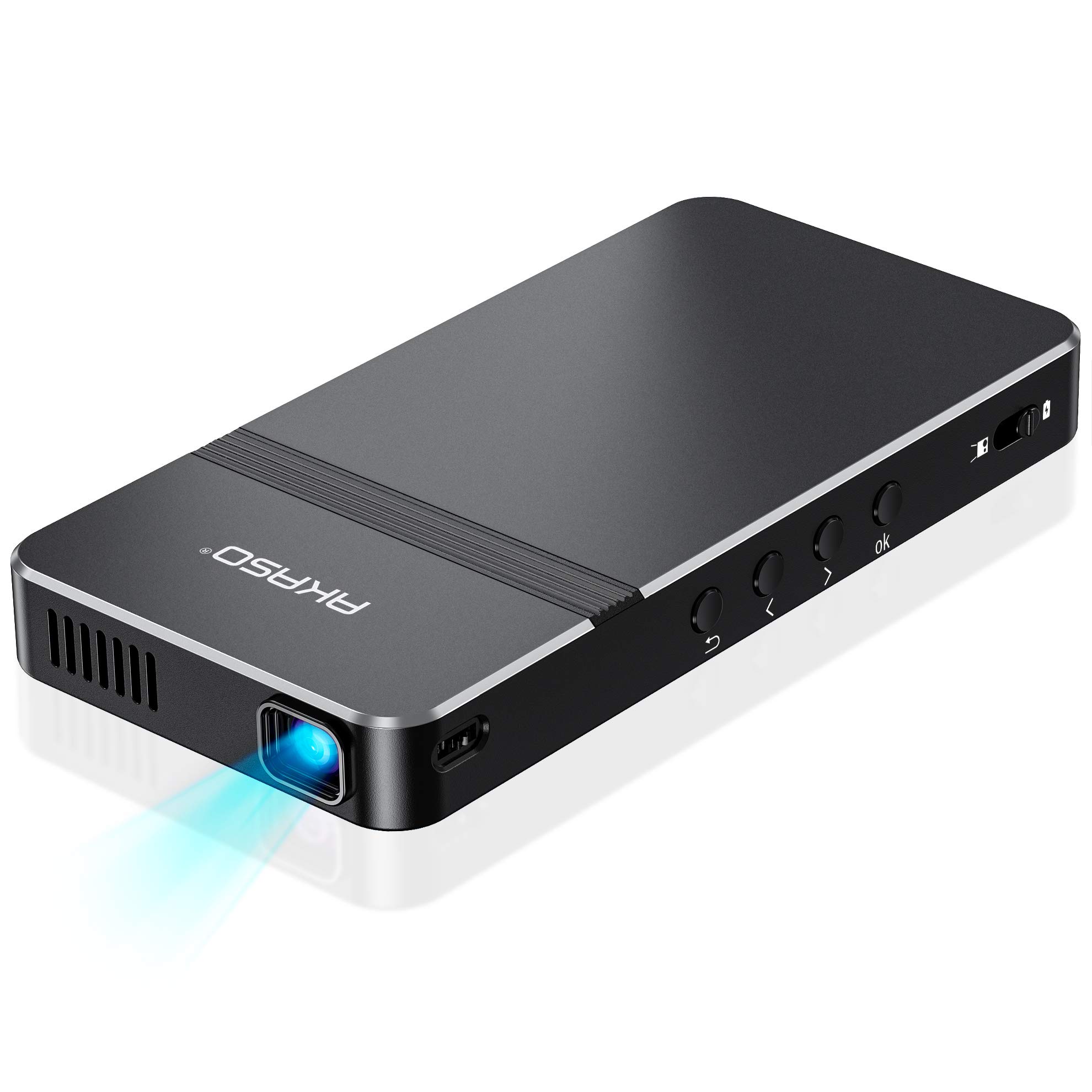
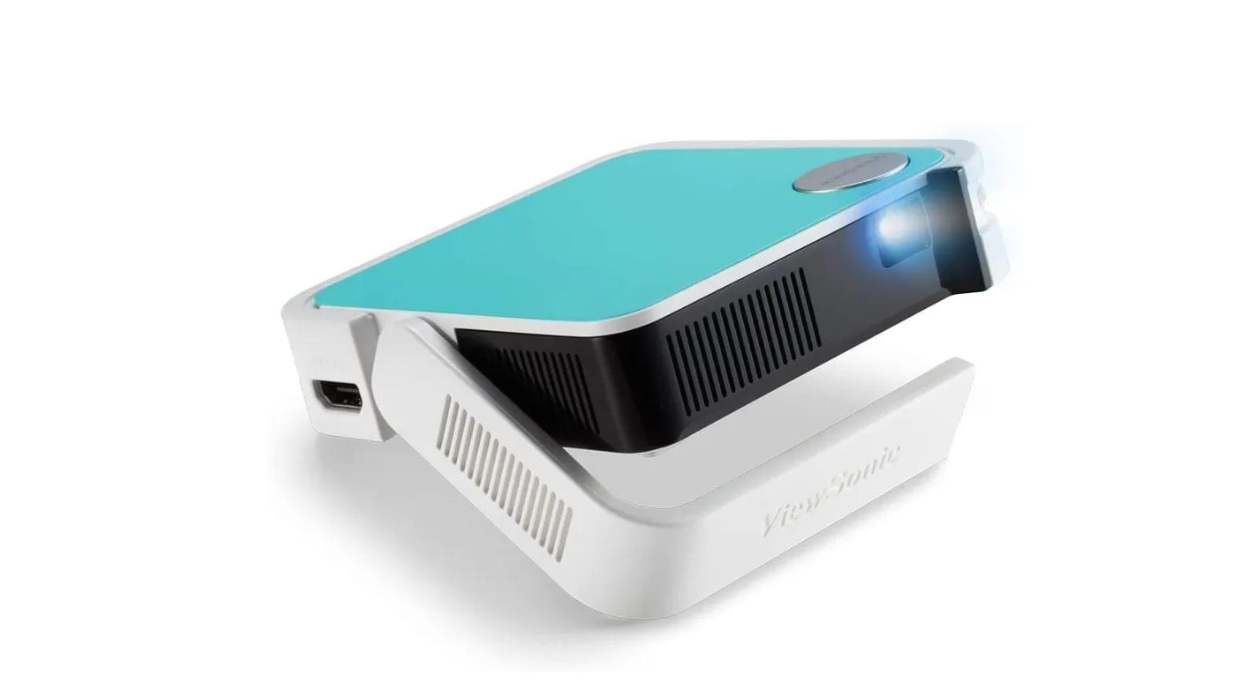
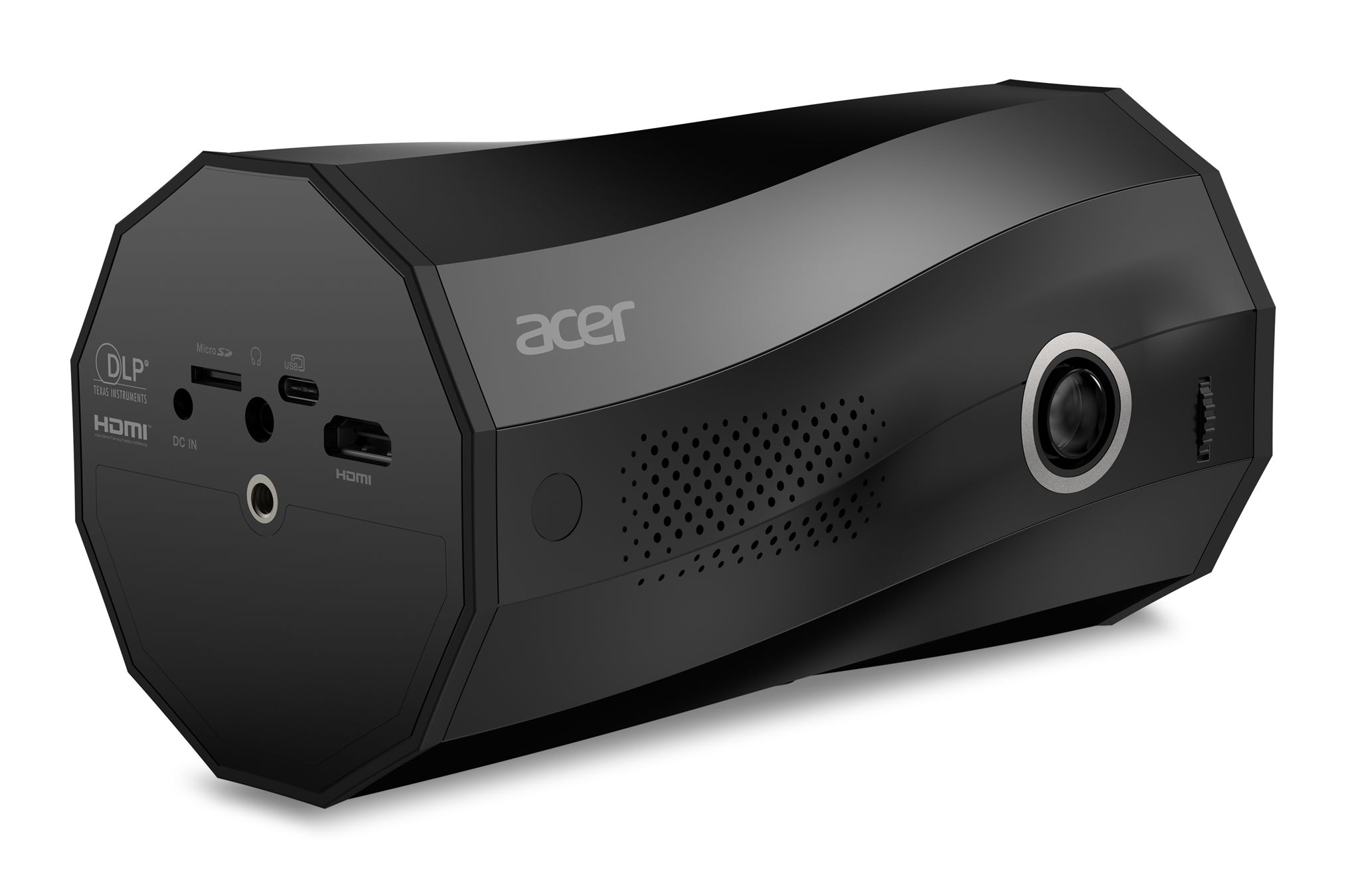
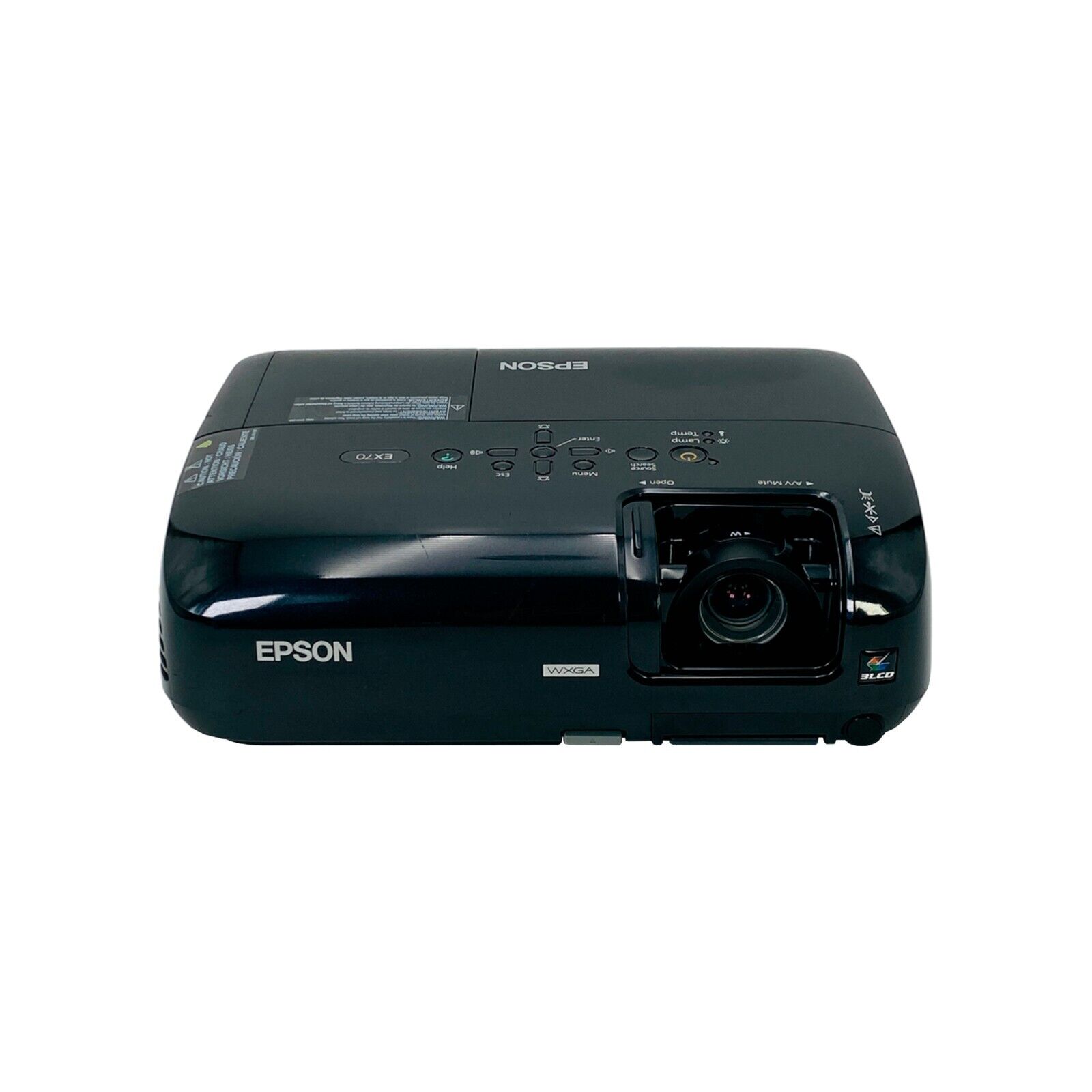
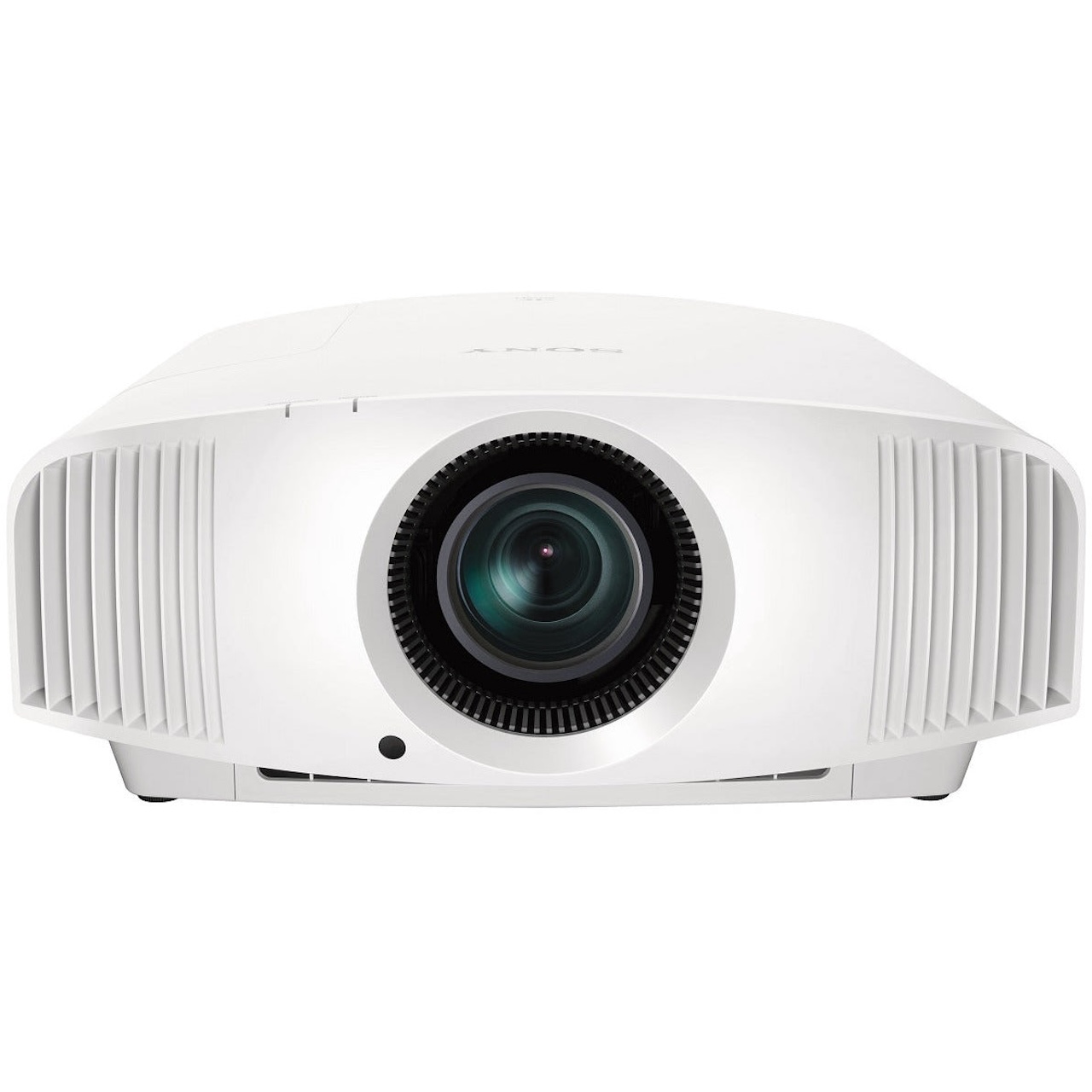
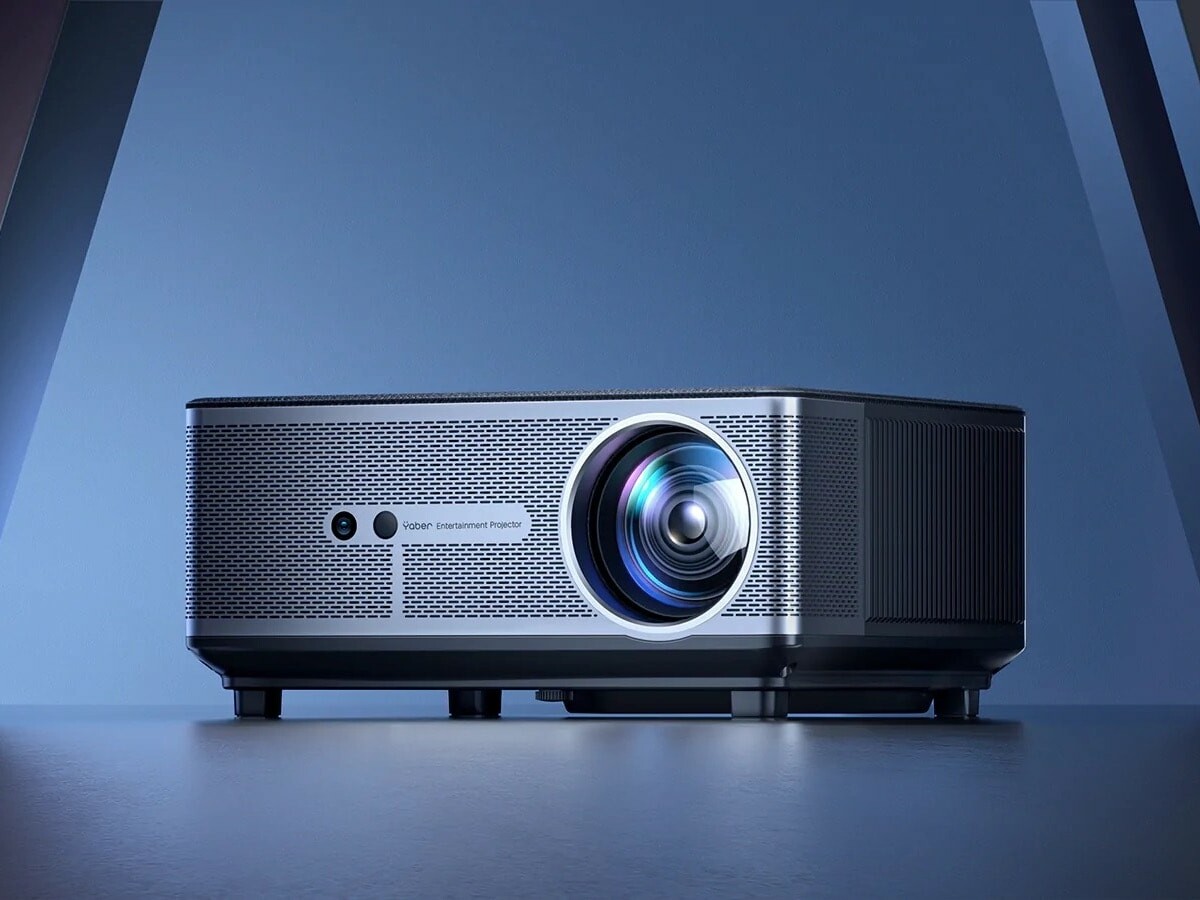

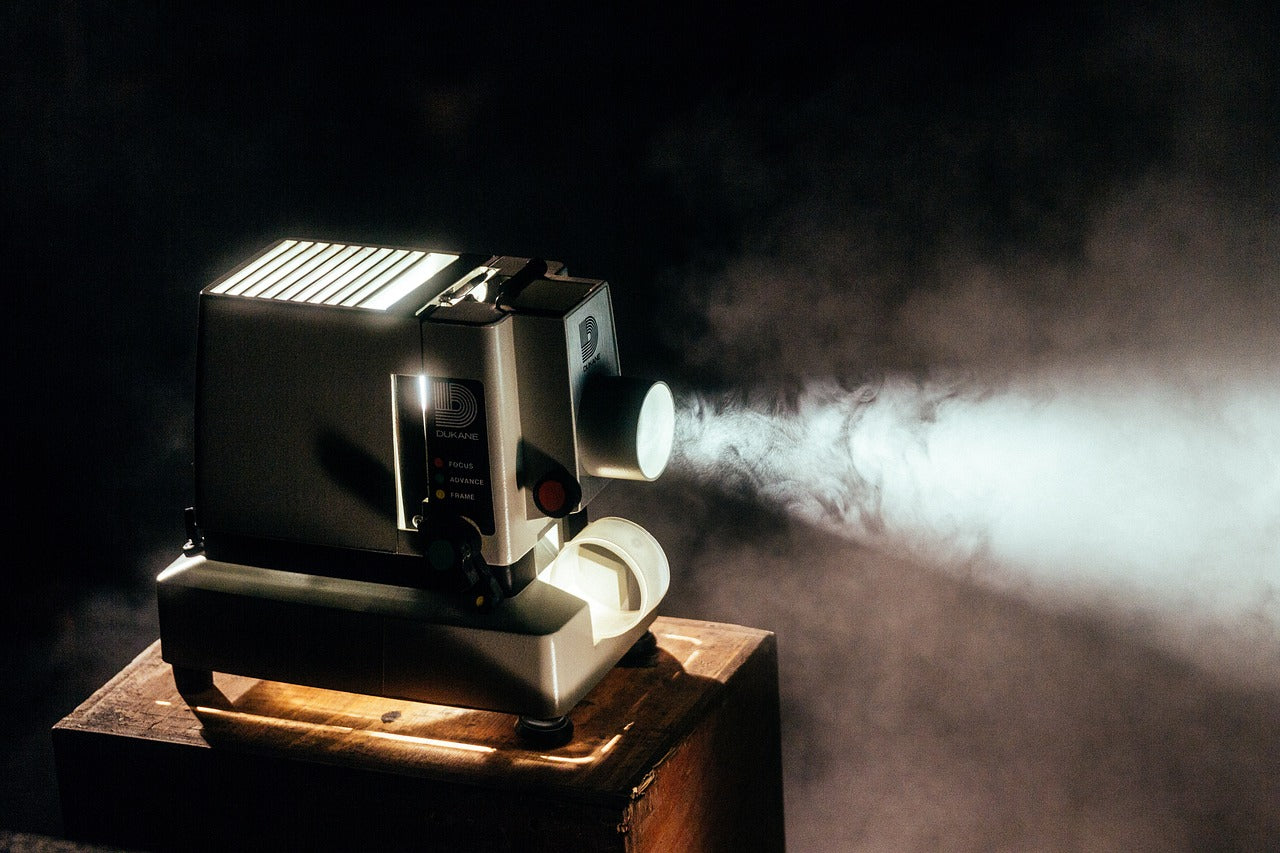
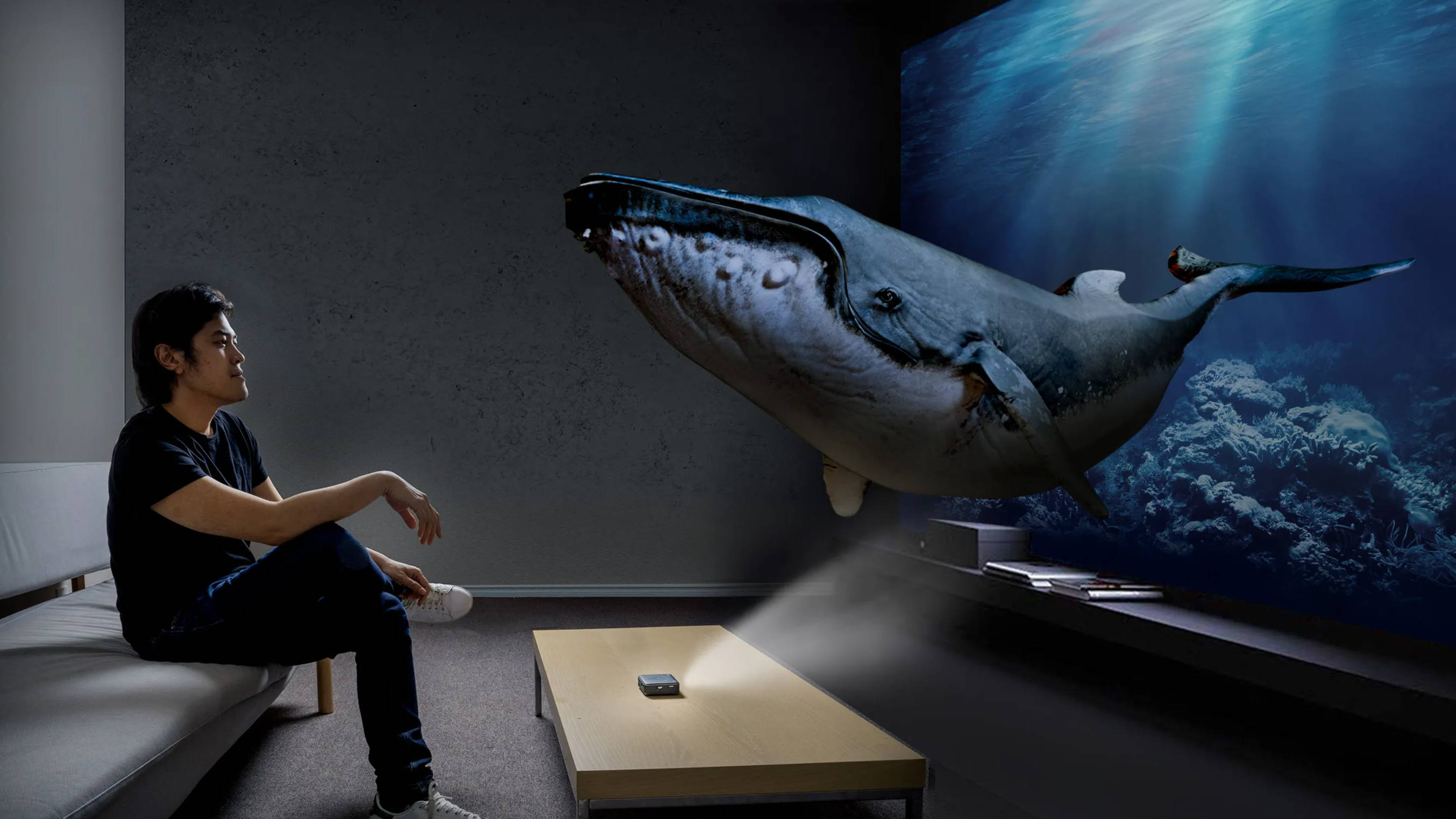
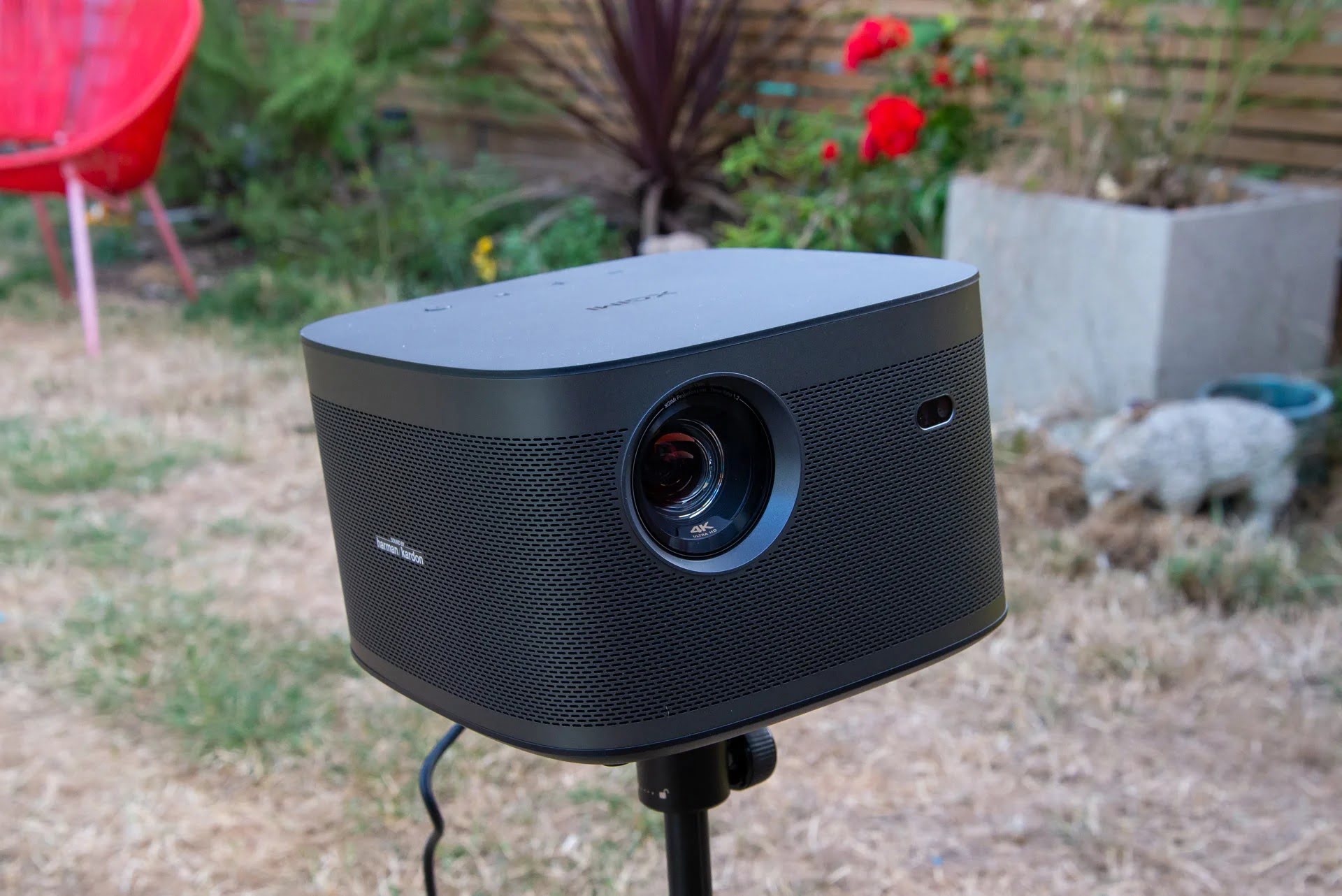
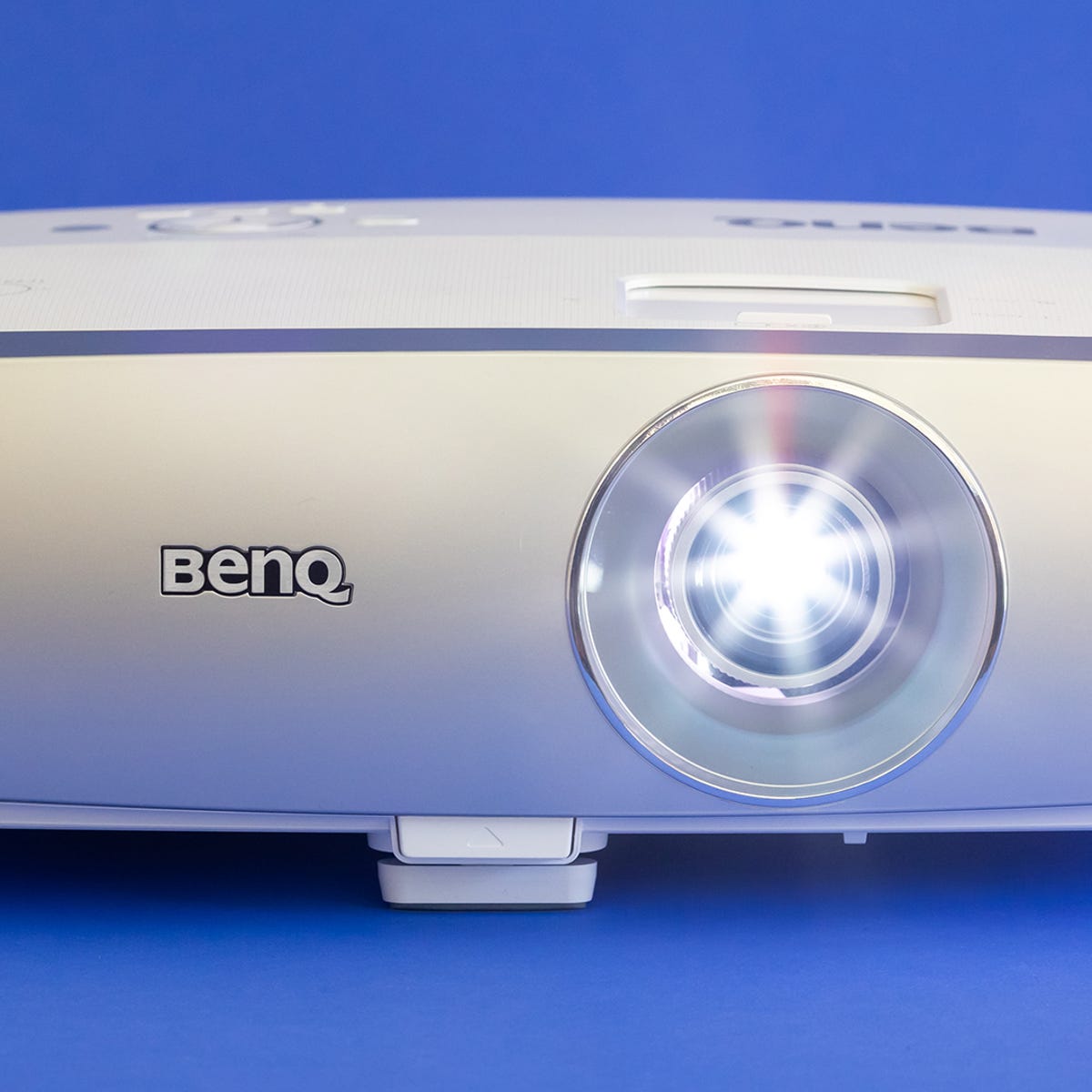
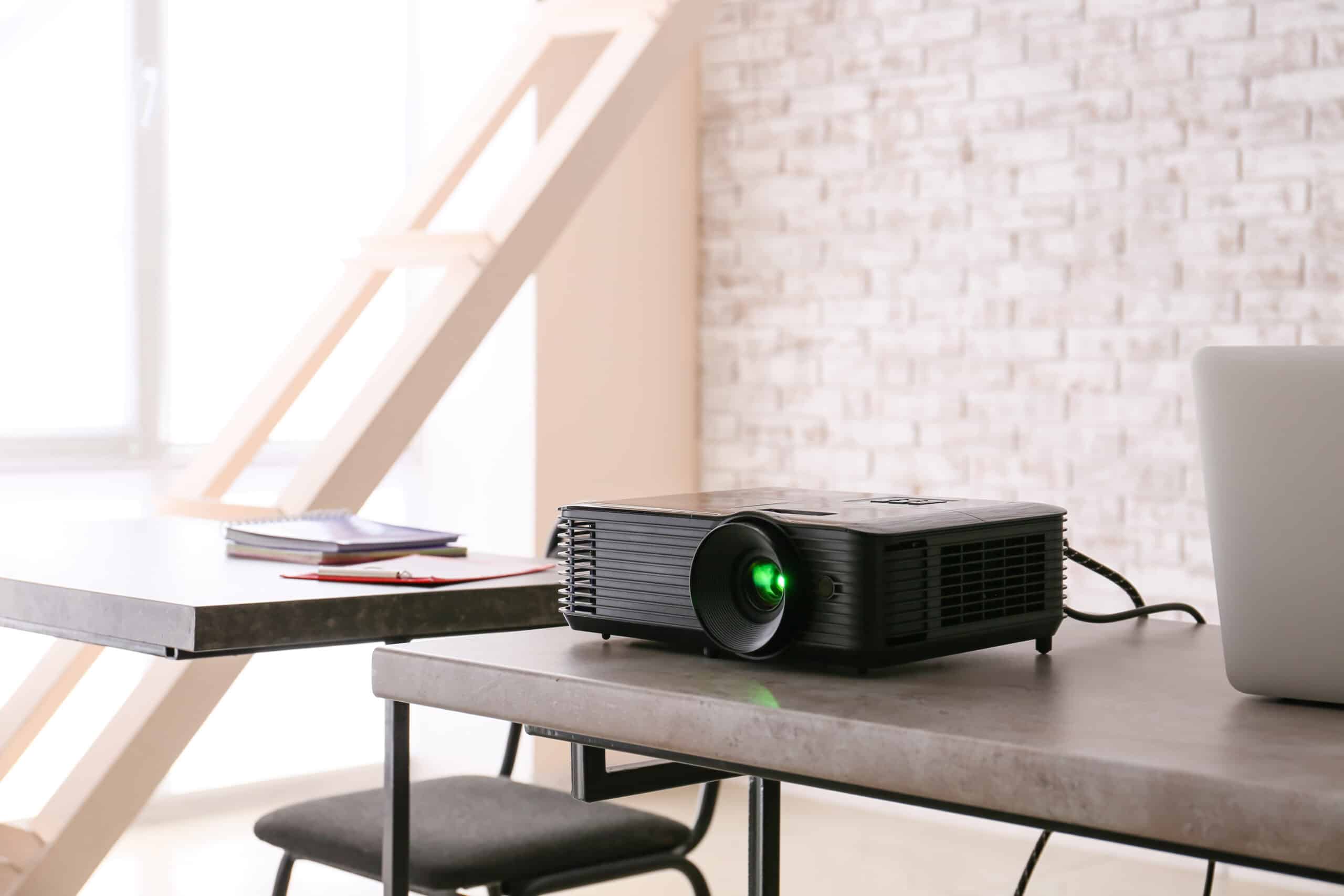
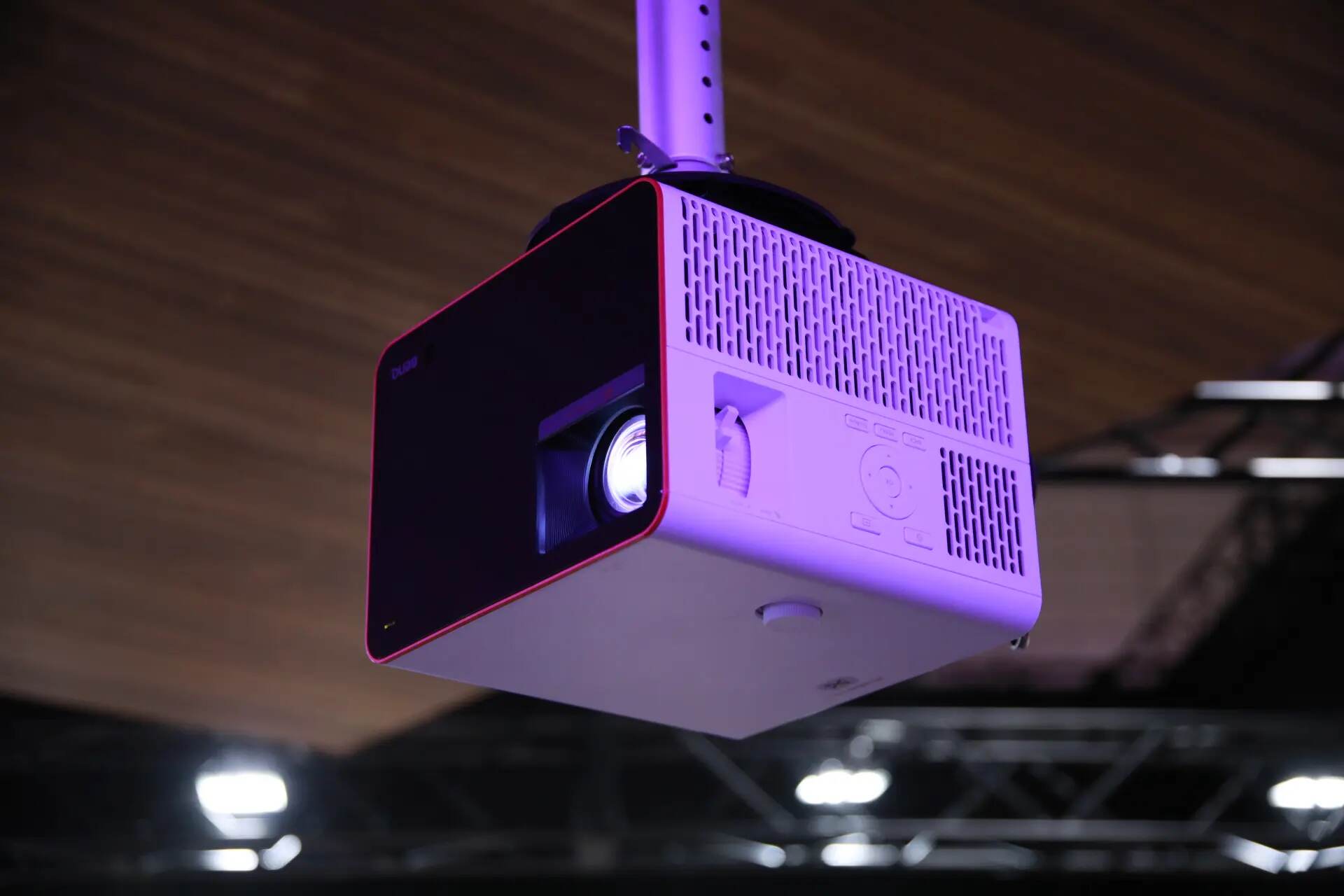

0 thoughts on “What Is Projector Keystone”